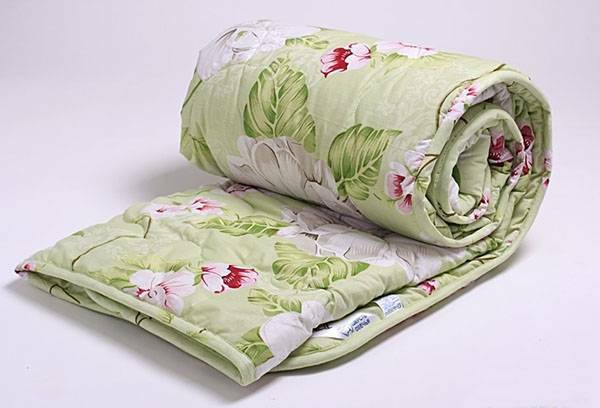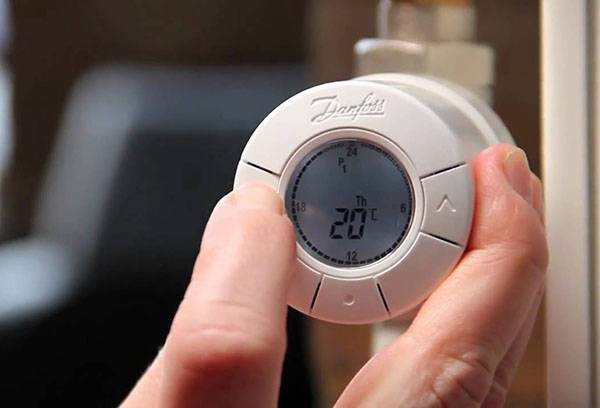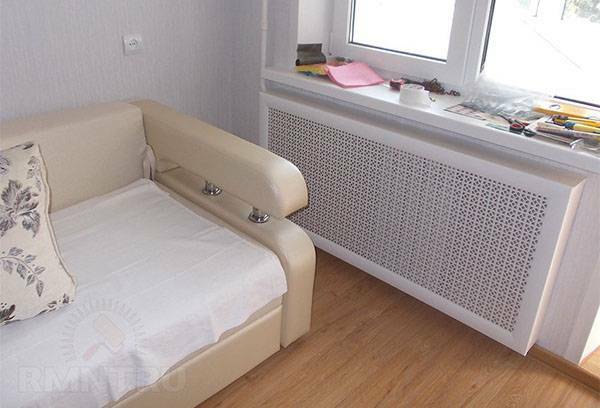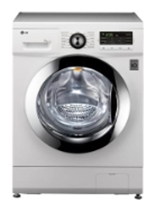Contents:
- The simplest method
- Alternative methods
- Using the thermal screen
- Materials for the thermal screen
The question of how to shelter the battery in an apartment from excessive heat is often found on the Internet. Various thematic and simple everyday forums are full of such messages, giving valuable practical advice to homeowners. You can refer to some of them.

The simplest way
Cast iron radiators widely used in typical apartments are the best way to promote the heating of living quarters. However, such heat devices also have their drawbacks, mainly due to the absence of a thermostat and the excessively high recoil of stored energy. You can consider ways to optimize the operation of cast iron radiators, if any, in your apartment.
The simplest and most effective material for eliminating the excessive heat emission of a cast iron battery is a conventional blanket placed on the radiator planes. To close the battery will be a second for you. The possible predictable skepticism of many Internet users is associated, first of all, with a weak knowledge of the physical processes described in the school curriculum.
Reduced humidity in the room will be a minor side effect. It can be easily eliminated by purchasing an air humidifier( its average consumption in a typical apartment is up to three liters of water per day) and a psychrometer - a device that controls the level of humidity in the room.
Advice
Do not use the ventilation pans as a way to reduce room temperature, they can only be opened for the purpose of natural ventilation of the room. Otherwise, the presence of very dry air in the apartment can lead to unpleasant consequences for the nasopharynx and skin. Outgoing heat from the room will not significantly reduce the warming degree.
The rationale for such advice is laid in the physical processes that occur when cold outdoor air enters the apartment. This air, which has a low level of moisture, heats up, passing through the window into the room, and reduces the absolute amount of moisture. Accordingly, an increase in the humidity of the apartment atmosphere will occur with the help of your breath and skin, taking the necessary water from the body.

Alternative ways of
One of the alternative ways to protect against excessive heat in a living room will be the purchase and installation of a special valve. Such a simple device allows to regulate the level of heat energy supplied to the battery and to save its value in the ruble equivalent. The principle of economy becomes important for apartment owners, since the distribution of heat will be possible depending on the atmospheric conditions.
The current state of the market for plumbing fixtures and fixtures makes it possible to purchase a special protective shield acting on the principle of blinds. One turn of the leaflets of such a screen helps to reduce the amount of thermal energy distributed throughout the apartment, as well as to minimize the risk of a burn from an excessively hot battery. Another advantage of placing a louver screen is the simplicity of its device, which allows not to perform complex assembly works. Installation of this kind of device does not take more than 10 minutes of your time.
The most radical way to limit the flow of heat to your apartment will be to contact the office of the management company. Such treatment will reduce the thermal effect of the room battery by covering the corresponding common house gate. This method is not a panacea in the event that the restriction of heat supply to the apartment is exclusively for you. The use of this option will also affect your neighbors in the home, which may not be hot.

Using the heat shield
Heat from the hot battery is transmitted in different directions and directions, creating a comfortable environment in the apartment. The use of a special thermal screen will not only effectively reduce the excess battery temperature, but also avoid heat leakage, reaching 20 percent. Placed in the niche, the battery gives heat not only to the apartment, but also to the outer wall, actually heating the street.
The heat shield can be made with a special thermal insulation material located between the wall and the radiator.
This "life-hack" will give the heating system some extremely positive qualities:
- providing the thermal insulation of the walls;
- prevents excessive heat loss due to differences in outdoor and room temperature;
- providing an effect in which the heat from the heater is reflected in the depth of the room;
- achievement of uniform heat transfer distribution, protection against battery overheating.
The various thermal insulation materials used to create screens have a foil-based backing. A special combination of materials such as expanded polystyrene or foamed polyethylene, with foil, can shield thermal energy by means of good thermal insulation properties. The foil present in this device reflects about 90 percent of the heat, eliminates its loss and helps it to spread evenly throughout the room.

Materials for thermal shield
Foam-foamed polystyrene, as a rule, is found in retail sales as rolls of small length. The thickness of the material layer in this case is up to 3 millimeters, and for expanded polyethylene - up to 4 millimeters. The thermal insulation properties of these materials are commensurable with the properties of a 100-mm layer of mineral wool insulation.
When placing a screen reflecting heat, it is possible and necessary to take into account such an important factor as the minimum distance between the edge of the radiator section of the battery and the inner wall of 4 mm. If you change this distance to a smaller side, this will make it more difficult or disruptive to the circulation of warm air and, as a consequence, the convection of the heat exchange and the efficiency of the radiator.
Special cases of placing the heating battery on the wall do not allow the installation of a full screen reflecting heat. An exit from such situation will be fastening on a wall of an aluminum foil, the brilliant surface perfectly coping with reflection of heat. One sheet of such material, placed on a standard brick wall( if its thickness is 51 cm), will reduce the loss of heat dissipation of the battery to 35 percent.
The various ways of eliminating the excess heat energy of a battery, discussed above, can be noted as effective methods that have been verified in the case. If it gets too hot in the apartment - use the voice to make your home as comfortable as possible.



